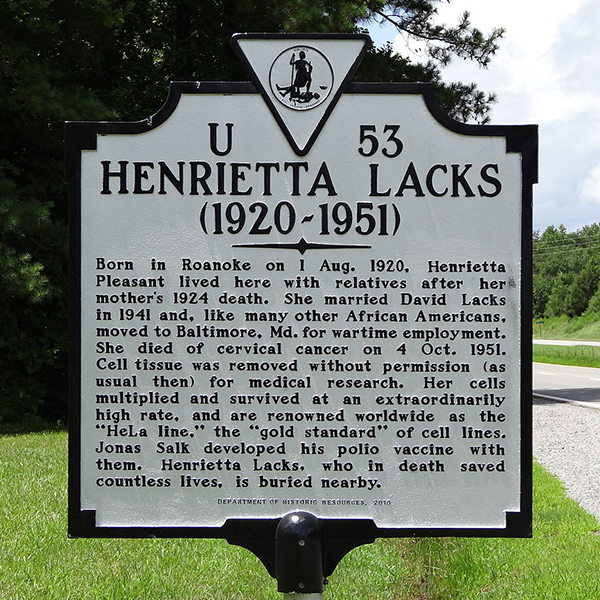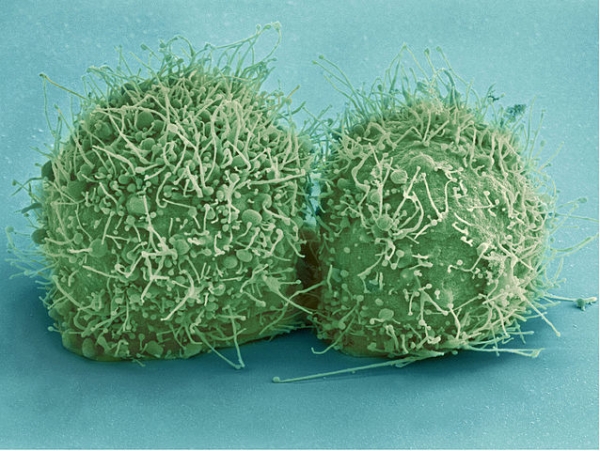Why is Henrietta Lacks Important?

Lacks historical marker in Clover, Virginia (Emw, Wikimedia Commons)

Lacks historical marker in Clover, Virginia (Emw, Wikimedia Commons)
8.62
How does this align with my curriculum?
Curriculum Alignment
AB
10
Knowledge and Employability Science 10-4 (2006)
Unit C: Investigating Matter and Energy in Living Systems
NU
10
Knowledge and Employability Science 10-4 (2006)
Unit C: Investigating Matter and Energy in Living Systems
NT
10
Knowledge and Employability Science 10-4 (Alberta, 2006)
Unit C: Investigating Matter and Energy in Living Systems

